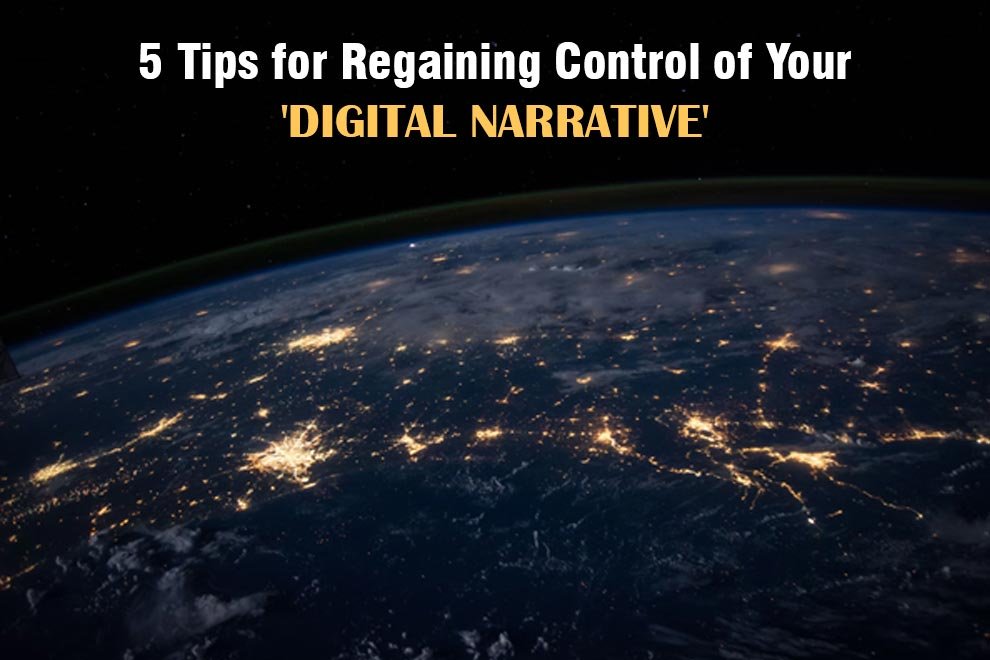Do you want to regain control of your digital narrative? Do you even know what your digital narrative is? By definition, your digital narrative is your digital story – essentially, what picture your online data paints about you. Every piece of information about us contributes to our digital narrative, from social media posts to online interactions. And if you didn’t even know what a digital narrative was, do you know how you can regain control of it? Read on to find out.
Check Your Online Presence
The first step towards taking back control of your digital narrative is understanding what already exists. And trust us, unless you know how to remove information from the internet, there will be tons of your data floating around that you have no control over.
Audit your online presence by searching for your name across different search engines and analyzing the results. Take note of old social media profiles, outdated blog posts, or other online content you don’t want online.
You should also take the time to evaluate your privacy settings on social media platforms. Ensure what you want to be made public appears that way while adjusting settings to limit what people can see.
Select Your Content Carefully
Think about how you come across on the big wide web. That will include taking the things you don’t want and replacing them with new positive things that represent how you want others to see you online.
It’s not difficult to do, but it might make you cringe! Deleting or hiding all old updates that are totally different from what you are now or may make people think differently about you should be your starting point. We hate the statuses we were writing in 2010, so Facebook should stop giving us a throwback to them! But those are the things you should be looking at.
Then, you can start creating content that underlines who you are best at, like things you’ve done well, your interests, motivations, or what inspires you outside your workspace.
And the one thing you should definitely do is consider who you’re sharing your information with. Don’t always agree to terms and conditions and cookie settings blindly – read the terms and conditions! Most of the data you can’t find is data you’ve agreed to have stored on random websites.
Often, the terms and conditions you’re not reading talk about how the website is free to sell your data to third-party data brokers.
Watch Over Your Digital Trails
Yes, once you know how, you can watch over your digital trail. Setting up Google alerts that give information on new content mentioning your name will help you be aware of content you might not want online. With this proactive approach, you can respond swiftly to anything that may come up wrong, maintaining a positive digital identity.
Your actions online should be considered carefully while managing the trails you’re leaving. Think twice before commenting on controversial posts or sharing articles from dubious sources. And, like we said, think twice before putting your personal information online!
You can clear your cookies and browser history, but avoid saving personal information like addresses, bank account details, emails, and passwords.
Be Cautious of Your Online Actions
Always think about your actions. Being cautious online is something most of us never do unless we’re hiding something we don’t want someone to see. Thinking carefully involves considering the words used, the tone taken when interacting with others, and what you’re sharing. When does it matter? Pretty much all of the time, but especially if you’re applying for jobs – you never know when something you’ve said online will go against you.
Again, consider the results of your activities online. On some occasions, a seemingly harmless meme can be variously interpreted by a different audience.
Do you feel confident that you could regain control of your digital narrative? It’s incredible how much you can do if you do – but at the very least, you’ll keep your personal information safe online.










